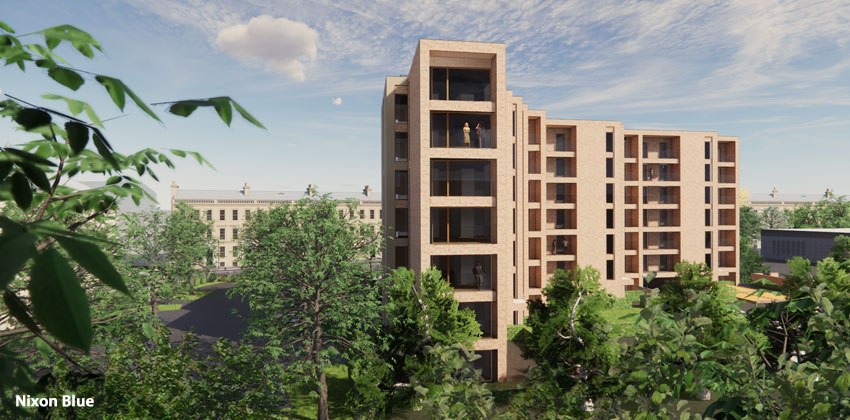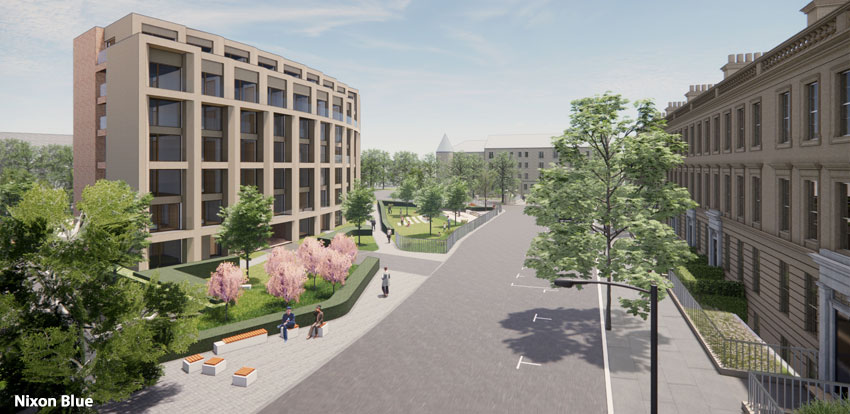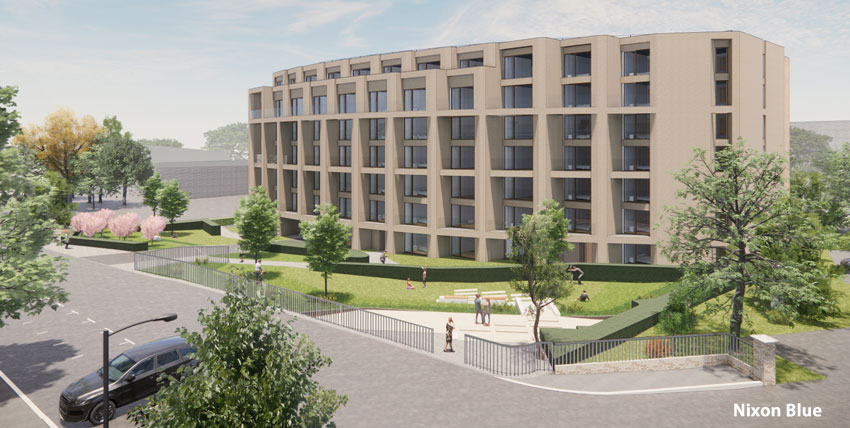
GLASGOW planning officers are recommending that councillors reject the latest bid to build apartments at a disused Finnieston bowling green.
Nixon Blue have applied for permission for a residential development and a new public garden at the former Corunna Bowling Club in St Vincent Crescent.
The city’s planning applications committee is due to consider the proposal on Tuesday.


Around 230 objections have been received from members of the public, politicians and local organisations. There have also been around 30 letters of support.
The application is for 36 two and three-bedroom apartments and duplexes in a seven-storey block, with a stone, curved façade to complement the A-listed terrace opposite. A landscaped garden, which would be fully accessible to the public, is included in the plan.

The use of the site as a bowling green dates from the 1860s, when it was positioned between a curling pond and a boating and skating loch. The club closed in October 2017.
The land is classed as protected open space although there is currently no public access to it.

A previous application by Nixon Blue for 39 flats in a nine-storey block at the site was refused last year.
A report by city planners states: “This proposal fails to address the reasons for refusal of [the previous] application and the subsequent Local Review [appeal] decision.
“The proposed residential development on a site comprised of protected open space is unacceptable in policy terms and, even if that issue could be overcome, the proposed building is as large as that previously refused whilst being significantly closer to the Category-A-listed St Vincent Terrace.
“The public garden, put forward to address the open space policy issues is well landscaped even though it is small, however its position hard against the proposed building reduces the benefits it can provide and there are doubts about how such a space could be maintained for public access in the medium to long-term given that the ownership will remain in private hands.”


